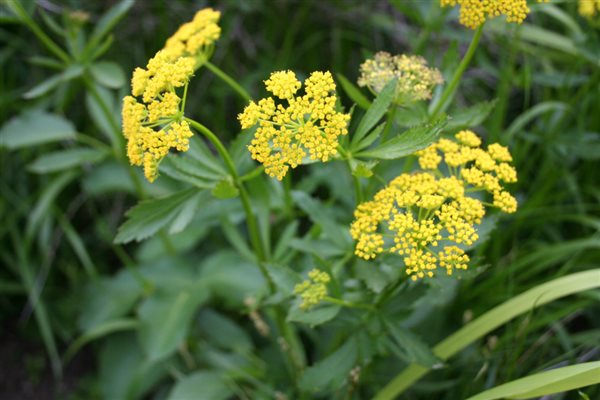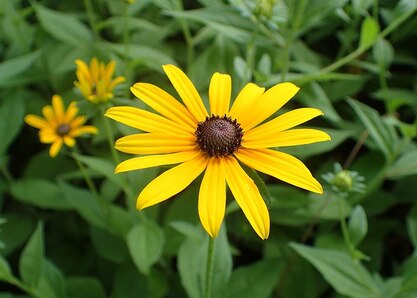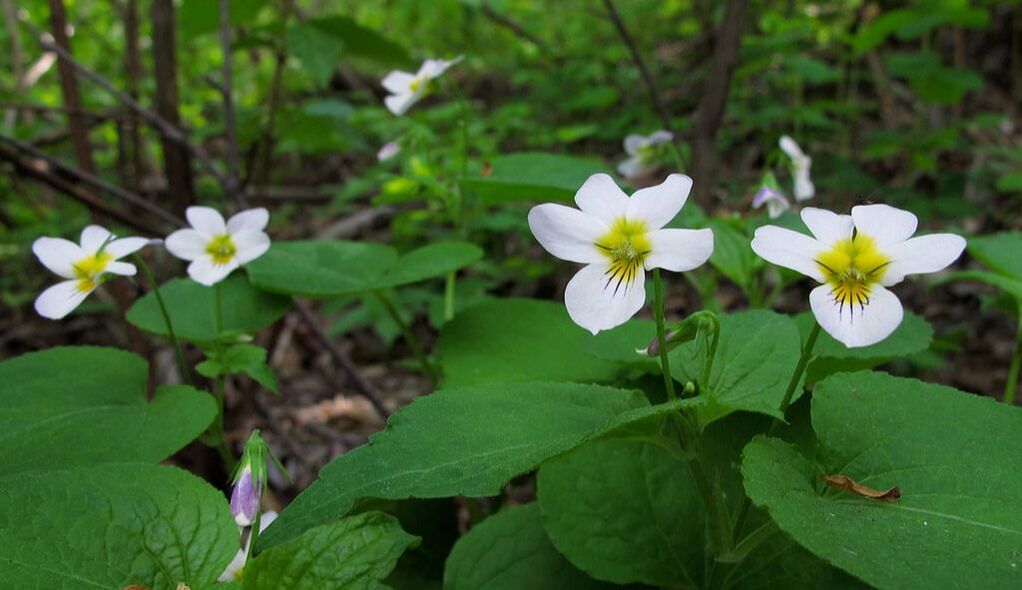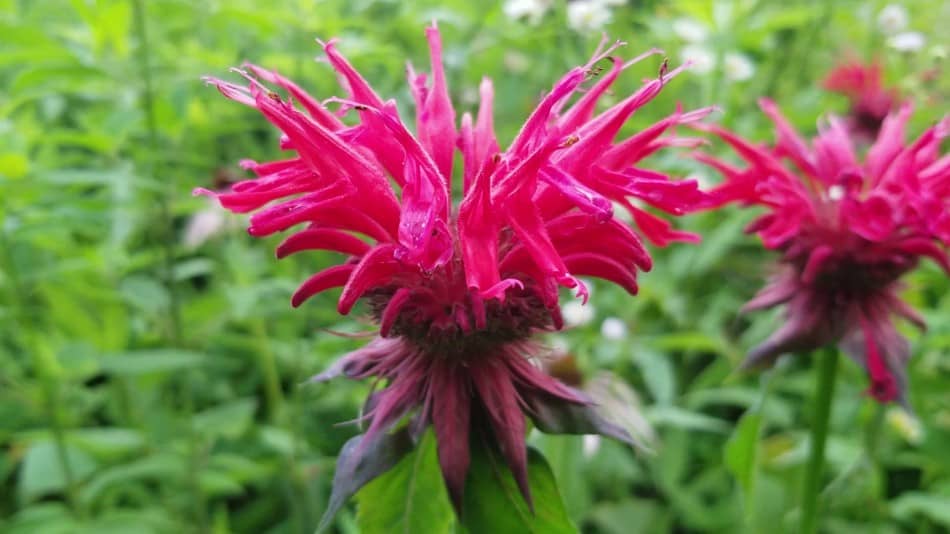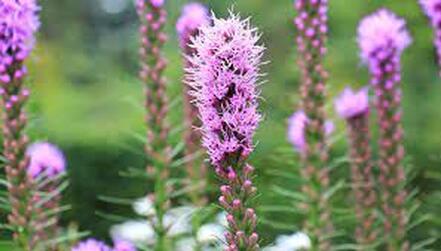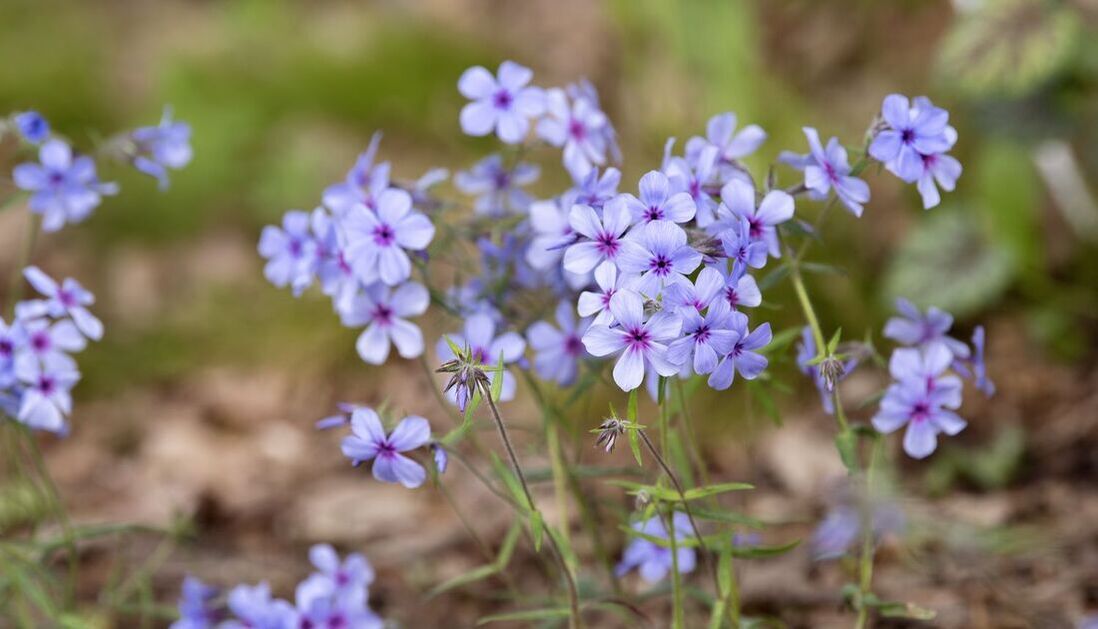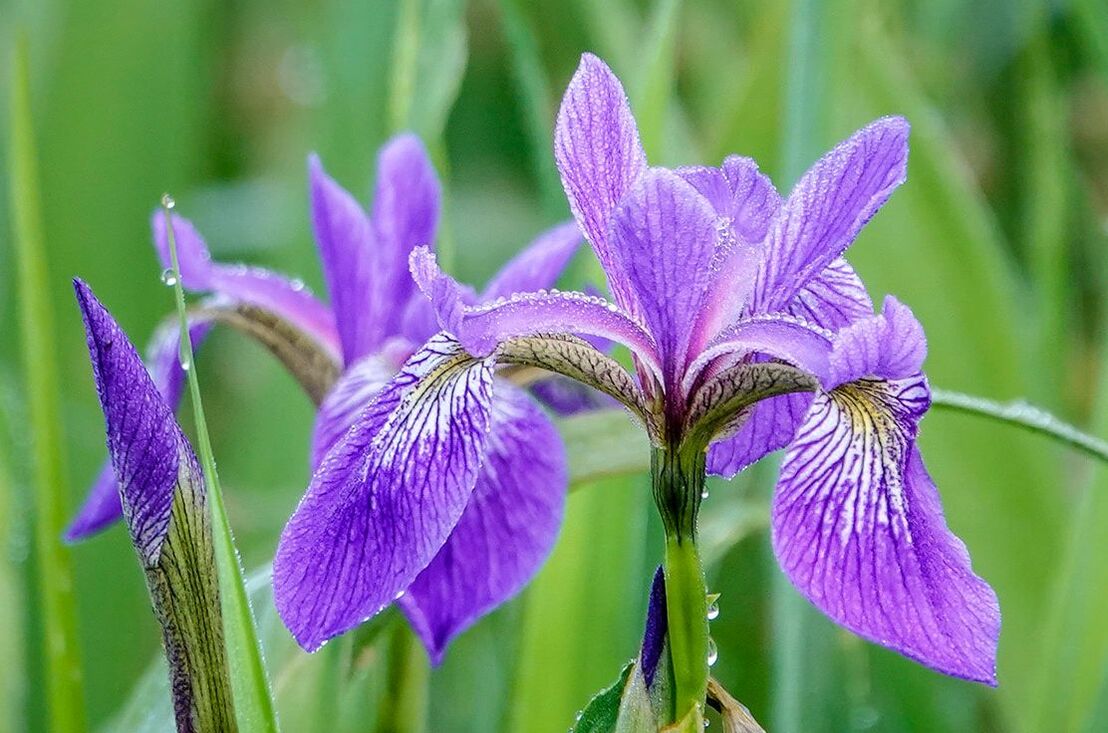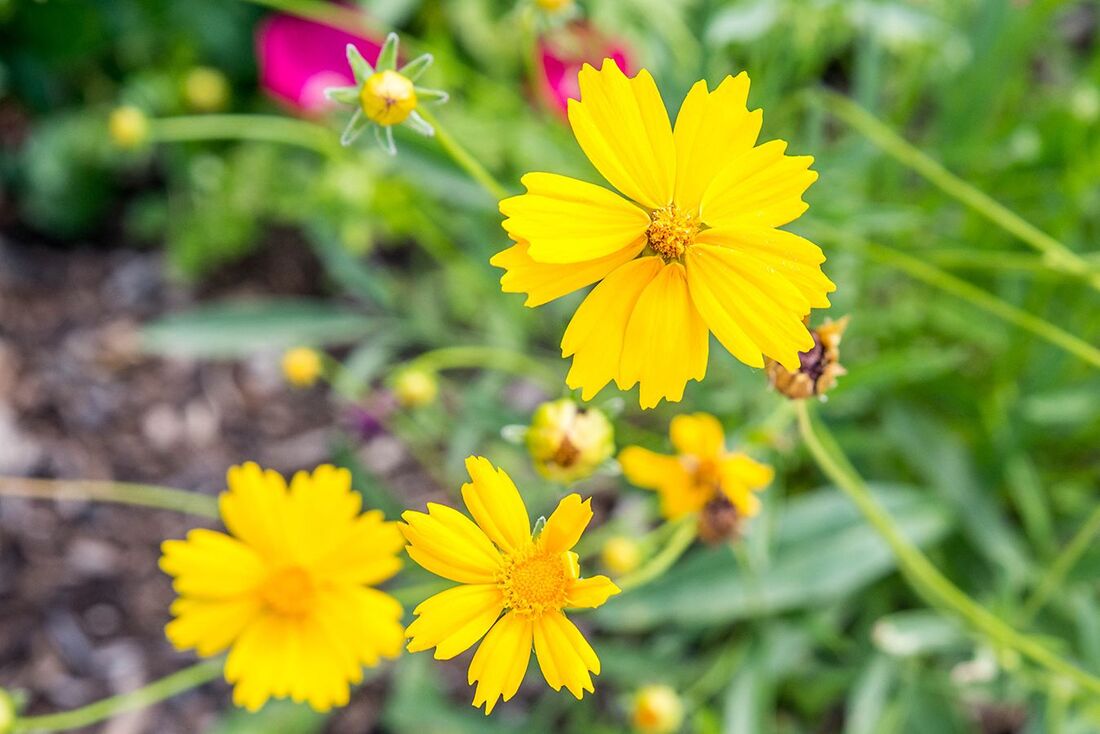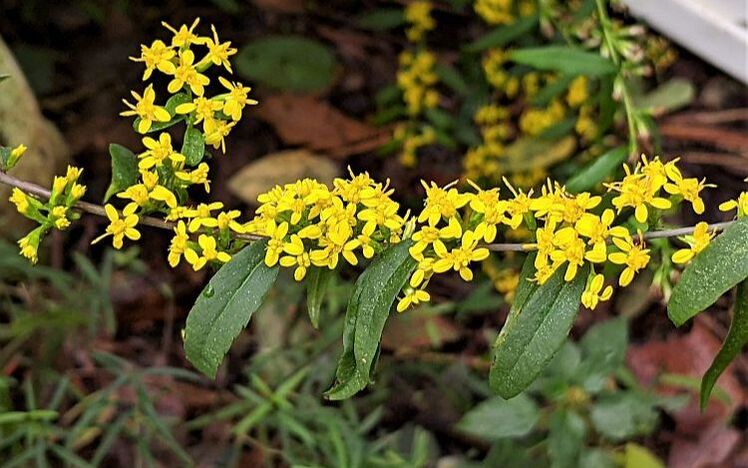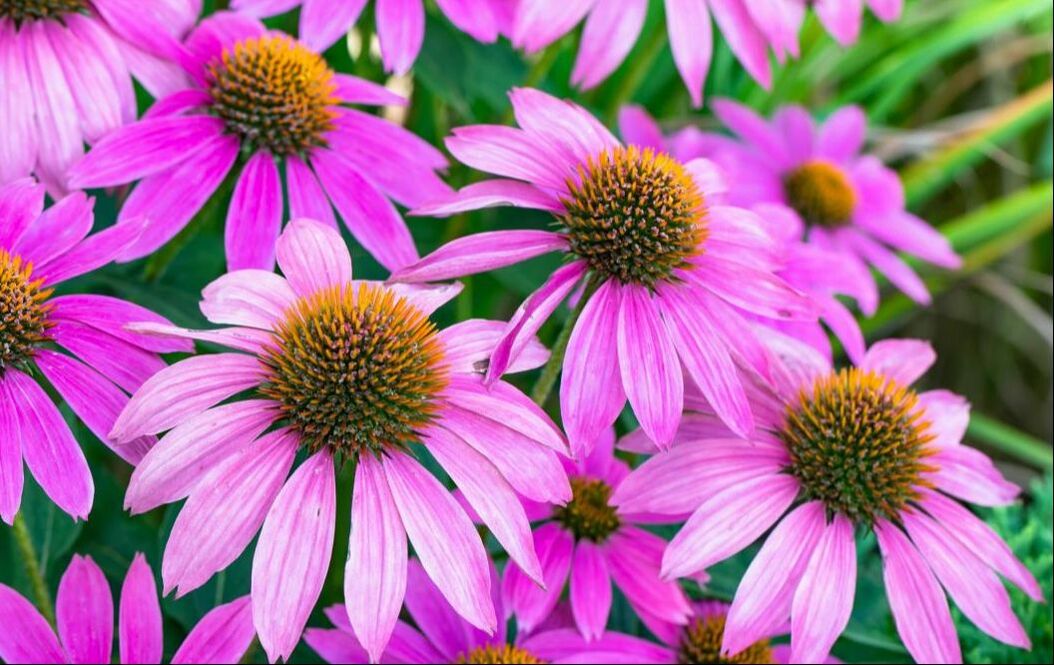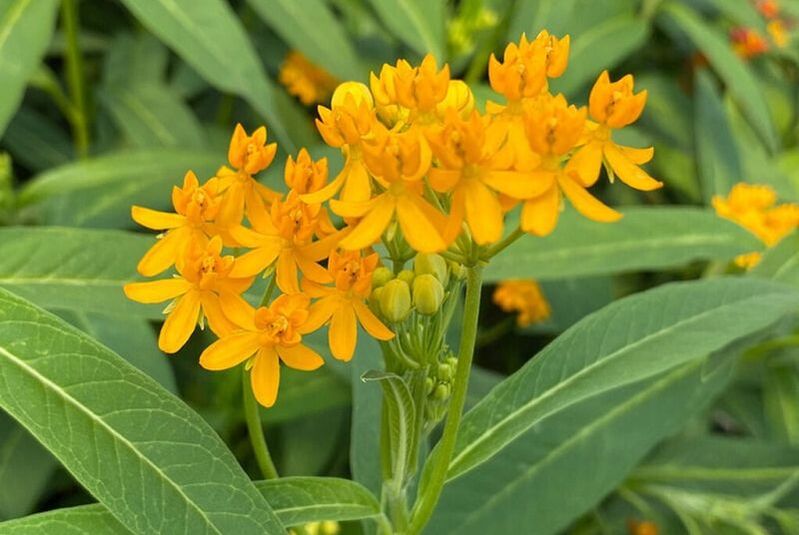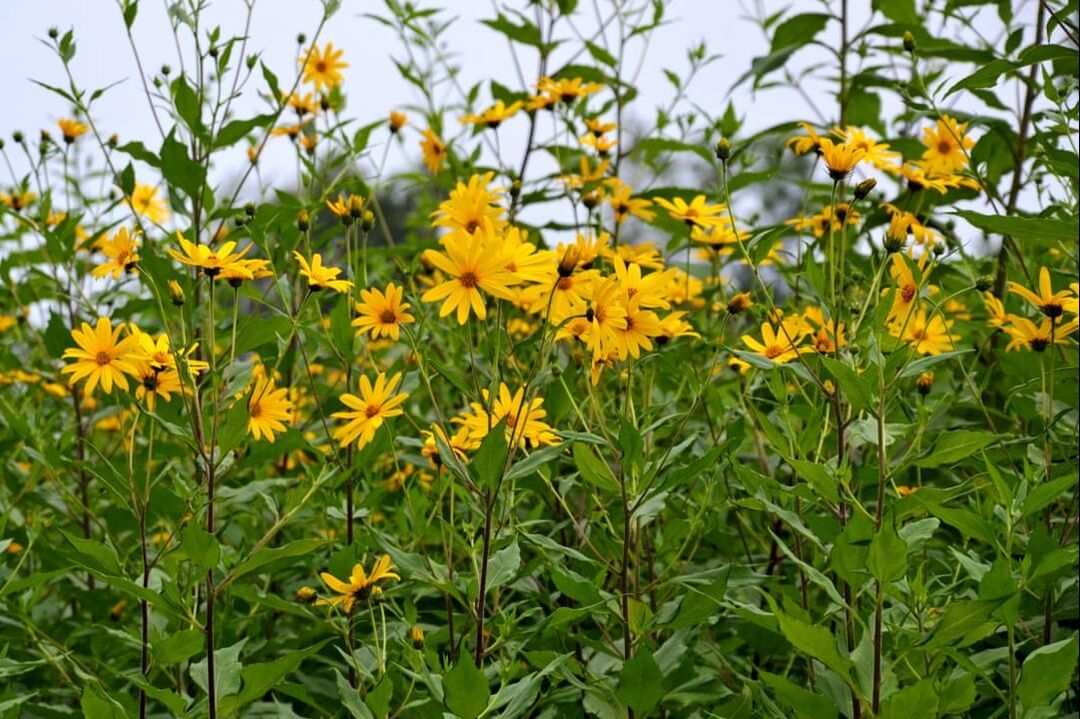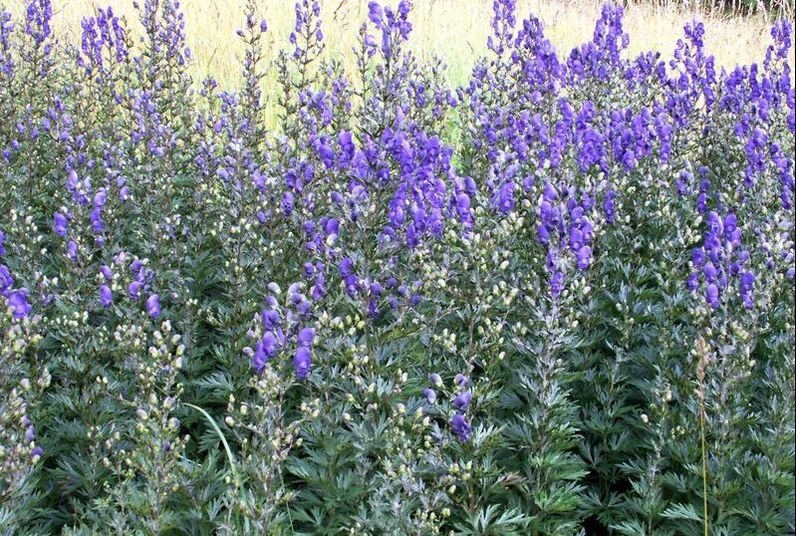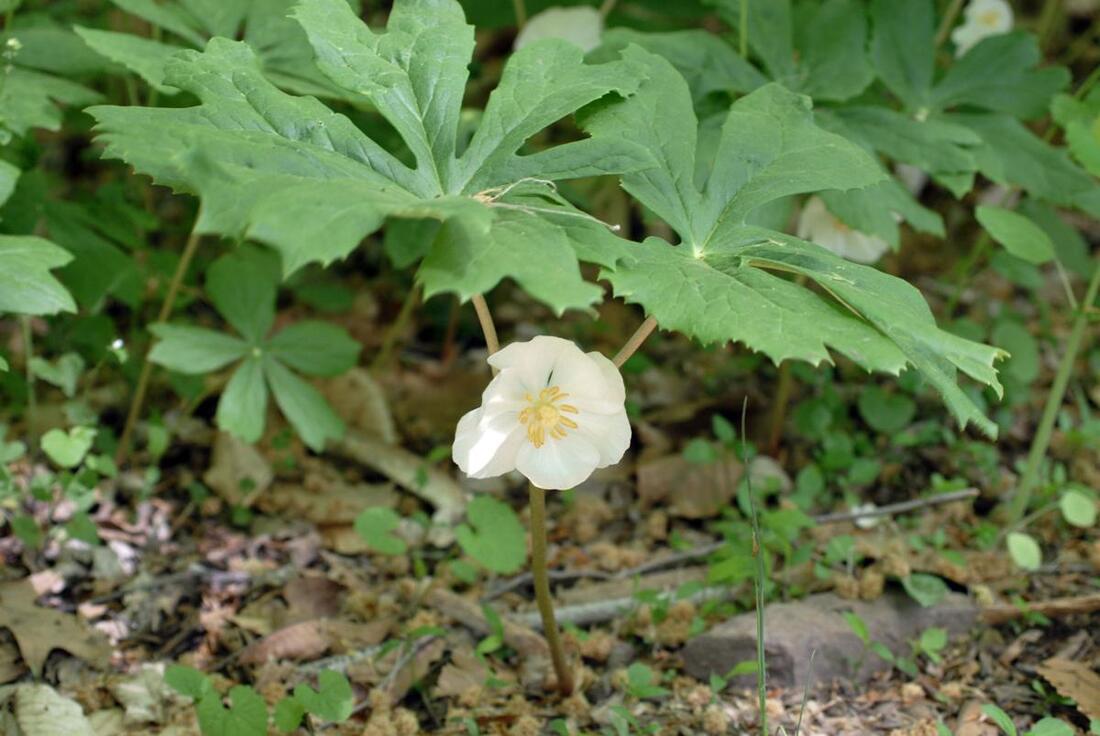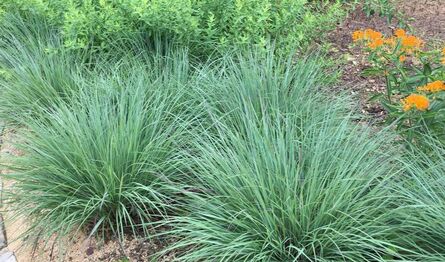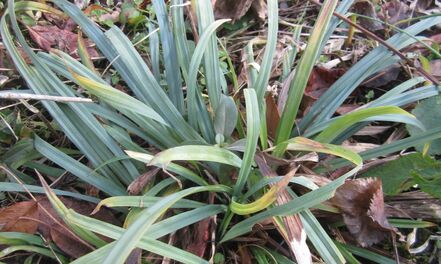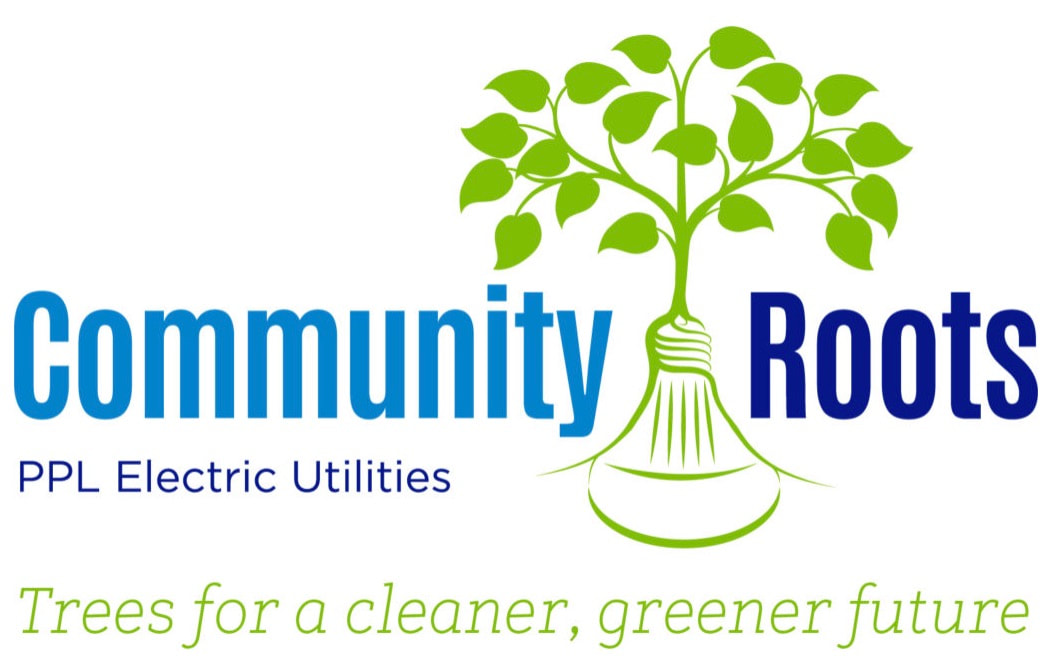To be a native plant of Pennsylvania, the species had to be in this region before Europeans settlers arrived. There are 2,100 native plants in Pennsylvania. These include ferns, clubmoss, gasses, perennial and annual wildflowers, tree, shrubs, and vines. Non-native plants are plants that have been brought into the state from other regions. or escaped cultivation and became established in the wild. About 1,300 species of non-native plants existed in Pennsylvania outside of gardens, parks, and agricultural land. That is 37% of Pennsylvania's total wild plant flora.
Flowering Perennials
Woodland Plants
Grasses
Thank you to those who have made the Native Plant Garden Possible:
Location |
|
